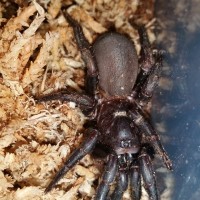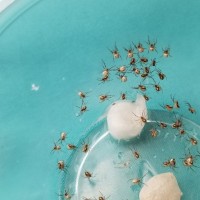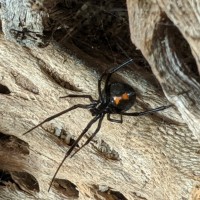Media information
- Category
- Other Spiders
- Added by
- BryPrime
- Date added
- View count
- 444
- Comment count
- 9
- Rating
- 0.00 star(s) 0 ratings
Image metadata
- Device
- Google Pixel 3
- Aperture
- ƒ/1.8
- Focal length
- 4.4 mm
- Exposure time
- 41667/1000000
- ISO
- 443
- Flash
- Off, did not fire
- Filename
- MVIMG_20191003_223052.jpg
- File size
- 4.4 MB
- Date taken
- Thu, 03 October 2019 10:30 PM
- Dimensions
- 4032px x 3024px







